Home>Furniture & Design>Outdoor Furniture>How To Take Care Of Outdoor Plants In Summer
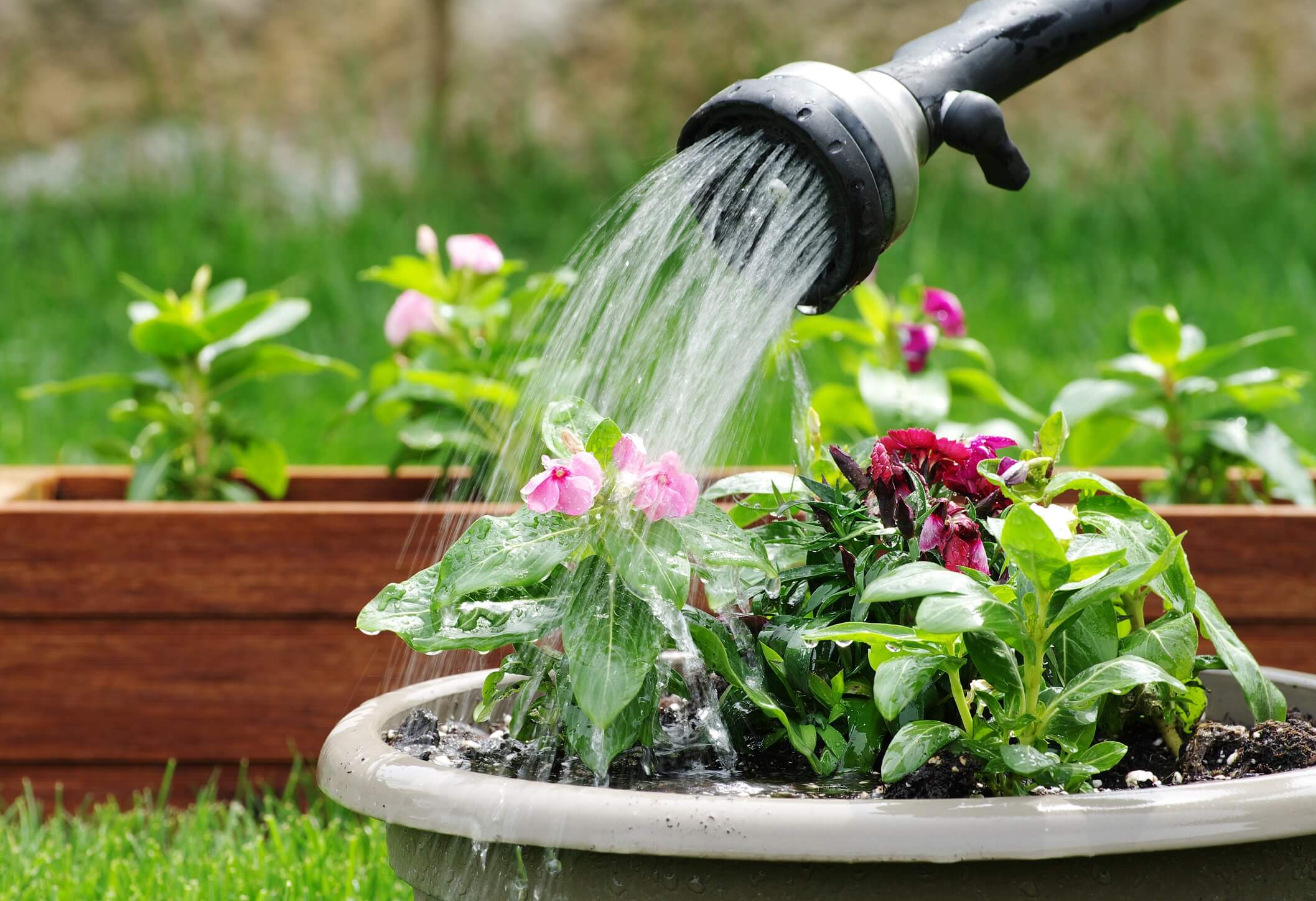

Outdoor Furniture
How To Take Care Of Outdoor Plants In Summer
Modified: January 15, 2024
Learn how to care for your outdoor plants during the summer months with our expert tips and advice. Keep your outdoor furniture in top condition with our helpful guide. Discover the best ways to maintain your outdoor space.
(Many of the links in this article redirect to a specific reviewed product. Your purchase of these products through affiliate links helps to generate commission for Storables.com, at no extra cost. Learn more)
Introduction
Welcome to the wonderful world of outdoor plants! As the temperatures rise and the sun shines brightly, it's time to ensure that your outdoor plants receive the care they need to thrive during the summer months. Whether you're a seasoned gardener or just starting to explore the joys of outdoor plant care, this guide will equip you with valuable insights and practical tips to keep your green companions healthy and vibrant throughout the season.
Summer is a time of abundant growth and blooming beauty in the outdoor plant kingdom. From colorful flowers to lush foliage, your outdoor space can transform into a captivating oasis of natural splendor. However, achieving and maintaining this picturesque scene requires a thoughtful approach to plant care, considering factors such as watering, sunlight exposure, protection from heat, fertilization, pruning, and pest management.
In this comprehensive guide, we'll delve into the intricacies of outdoor plant care, offering expert advice on nurturing your plants to their fullest potential. By understanding the specific needs of your outdoor plants and implementing tailored care practices, you can ensure that they not only survive the summer but thrive in all their botanical glory. So, let's embark on this green-fingered journey together and discover the art of caring for outdoor plants in the summer!
Key Takeaways:
- Embrace the summer sun by providing your outdoor plants with the right balance of water, sunlight, and nutrients to help them thrive and bloom amidst the seasonal splendor.
- Protect your outdoor plants from extreme heat and potential pests and diseases by implementing strategic watering, shading, and pest management techniques, ensuring a vibrant and resilient garden.
Read more: How To Take Care Of Outdoor Plants
Understanding the Needs of Outdoor Plants
Before diving into the specifics of outdoor plant care, it's essential to grasp the fundamental needs of these green denizens. Outdoor plants, encompassing a diverse array of species, have varying requirements in terms of water, sunlight, soil, and climate conditions. By familiarizing yourself with the unique needs of each plant species in your outdoor space, you can tailor your care approach to meet their distinct preferences.
Water stands as a vital elixir for outdoor plants, sustaining their physiological processes and ensuring proper growth. Different plants exhibit different water requirements, with factors such as soil type, drainage, and weather conditions influencing the frequency and volume of watering. Understanding the moisture needs of your plants is crucial in preventing both underwatering, which can lead to wilting and stunted growth, and overwatering, which may cause root rot and other moisture-related issues.
Sunlight serves as the energy source for photosynthesis, the miraculous process through which plants produce their own food. As such, the amount of sunlight that outdoor plants receive directly impacts their growth and flowering patterns. Some plants thrive in full sun, basking in its radiant warmth, while others prefer partial shade to shield them from the intense midday sun. By identifying the sunlight requirements of your plants, you can strategically position them in your outdoor space to optimize their exposure to natural light.
The composition and quality of the soil also play a pivotal role in supporting the health and vitality of outdoor plants. Different plant species thrive in varying soil types, such as loamy, sandy, or clay soils. Additionally, the pH level of the soil can influence nutrient availability to plants, further underscoring the importance of understanding the soil composition in your outdoor environment.
Lastly, the climate and weather conditions of your region significantly impact the well-being of outdoor plants. Some plants are resilient to heat and drought, thriving in arid climates, while others prefer cooler, more temperate conditions. By considering the climate factors unique to your geographical location, you can select plant varieties that are well-suited to the prevailing weather patterns and temperature fluctuations.
By gaining a comprehensive understanding of the water, sunlight, soil, and climate needs of your outdoor plants, you can lay a solid foundation for providing tailored care that nurtures their growth and sustains their natural beauty. With this knowledge in hand, you're ready to embark on a journey of attentive and informed plant care, ensuring that your outdoor oasis flourishes in the summer sun.
Watering Techniques
When it comes to nurturing outdoor plants during the summer, mastering the art of watering is paramount. Proper watering techniques not only sustain the health and vigor of your plants but also safeguard them from the potential perils of both drought and waterlogging. Understanding the moisture needs of your plants and employing effective watering practices can make a substantial difference in their overall well-being.
One of the fundamental principles of successful watering is to ensure that the root zone of the plants receives an adequate and even supply of moisture. This often entails watering the soil directly at the base of the plants, as opposed to drenching the foliage, which can lead to issues such as fungal diseases. For larger plants and shrubs, a slow and deep watering approach is beneficial, allowing the water to penetrate the soil and reach the deeper roots where it is most needed.
Another essential consideration is the timing of watering. In the scorching heat of summer, it's advisable to water outdoor plants in the early morning or late afternoon, avoiding the peak of midday heat when evaporation rates are high. Watering during these cooler periods helps minimize water loss due to evaporation and allows the plants to absorb the moisture effectively, promoting optimal hydration and resilience against the heat.
Furthermore, the frequency of watering should be tailored to the specific needs of each plant species, taking into account factors such as soil type, drainage, and weather conditions. While some plants may require frequent watering to thrive in the summer heat, others, particularly those with drought-resistant characteristics, may fare well with less frequent watering intervals.
Implementing mulching around the base of outdoor plants can also contribute to water conservation and soil moisture retention. A layer of organic mulch, such as wood chips or compost, helps insulate the soil, reduce evaporation, and inhibit weed growth, creating a conducive environment for the roots to access moisture and nutrients efficiently.
By adopting a mindful and tailored approach to watering, you can provide your outdoor plants with the hydration they need to flourish amidst the summer heat. Understanding the unique water requirements of your plants, coupled with strategic watering techniques, empowers you to nurture a verdant and resilient outdoor garden that thrives in the radiant embrace of the summer sun.
Providing Adequate Sunlight
Sunlight is a vital source of energy for outdoor plants, driving the process of photosynthesis and influencing their growth, flowering, and overall health. As you tend to your outdoor garden during the summer months, ensuring that your plants receive adequate sunlight is crucial for their well-being and vitality.
Understanding the sunlight requirements of different plant species is key to optimizing their growth potential. Some plants, such as sun-loving annuals like marigolds and petunias, thrive in full sun, basking in its warmth and radiance. On the other hand, shade-tolerant plants, including certain ferns and hostas, prefer dappled or partial shade, shielded from the intense midday sun.
When planning the layout of your outdoor garden, take into account the sunlight patterns in your yard or outdoor space. Observe how the sun moves across the area throughout the day, noting areas of direct sunlight, partial shade, and full shade. This observational approach can guide you in selecting the most suitable locations for different plant varieties, ensuring that they receive the ideal amount of sunlight based on their specific needs.
For plants that thrive in full sun, it’s beneficial to position them in areas where they can receive at least six to eight hours of direct sunlight daily. This may involve arranging containers or beds of sun-loving plants in open, unobstructed spaces that are bathed in sunlight for the majority of the day.
Conversely, for shade-tolerant plants, creating shaded areas using arbors, trellises, or strategically placed taller plants can provide the shelter they require from the intense midday sun. This allows you to curate microclimates within your outdoor space, catering to the diverse sunlight preferences of your plant collection.
During the peak of summer, when the sun’s rays are at their strongest, it’s important to monitor the impact of sunlight on your plants. Be mindful of signs of sunburn, such as wilting, yellowing, or browning of leaves, which may indicate that certain plants are receiving an excessive amount of direct sunlight. In such cases, providing temporary shade or relocating the plants to a more sheltered spot can help mitigate the stress caused by intense sunlight.
By understanding the sunlight requirements of your outdoor plants and strategically positioning them to receive the optimal amount of sunlight, you can create an environment where they can thrive and express their full botanical splendor. Embracing the nuances of sunlight in your outdoor garden fosters a harmonious relationship between your plants and the sun, nurturing a flourishing and vibrant outdoor oasis.
Protecting Plants from Extreme Heat
As the summer sun radiates its intense warmth, outdoor plants may face the challenge of coping with extreme heat. Protecting your green companions from the potentially detrimental effects of high temperatures is essential for ensuring their well-being and resilience during the hottest months of the year.
One effective strategy for shielding plants from extreme heat is to provide ample hydration through strategic watering practices. During periods of intense heat, the soil tends to dry out more rapidly, increasing the risk of water stress for plants. By adjusting your watering routine to accommodate the heightened water needs of your plants, you can help them withstand the heat and maintain their vigor.
Implementing mulching around the base of plants serves as a valuable protective measure against extreme heat. A layer of organic mulch, such as straw, wood chips, or compost, acts as a natural insulator, regulating soil temperature and reducing moisture evaporation. This not only helps to keep the roots of the plants cool but also conserves soil moisture, providing a supportive environment for their growth despite the sweltering heat.
Creating temporary shade structures can offer additional protection to vulnerable plants during periods of extreme heat. This can be achieved using shade cloth, umbrellas, or even lightweight fabric coverings strategically placed to shield delicate plants from the direct rays of the sun during the hottest part of the day. By providing a respite from the scorching sun, these shade solutions can prevent sunburn and heat stress, allowing your plants to thrive despite the challenging weather conditions.
Another approach to safeguarding plants from extreme heat involves strategic placement and grouping of plants based on their heat tolerance. Grouping heat-sensitive plants together in shadier areas or positioning them behind taller, more heat-tolerant plants can provide them with natural protection from the sun’s intense rays. This thoughtful arrangement allows you to create microclimates within your outdoor space, catering to the specific heat tolerance levels of different plant varieties.
Observing the behavior of your plants during periods of extreme heat is crucial for identifying signs of stress and taking timely action to mitigate any adverse effects. Keep an eye out for symptoms such as wilting, leaf curling, or discoloration, which may indicate that the plants are struggling to cope with the heat. By promptly addressing these signs of stress through targeted protective measures, you can help your plants endure the summer heat and emerge resilient and vibrant.
By proactively implementing these protective strategies, you can fortify your outdoor plants against the challenges posed by extreme heat, ensuring that they continue to thrive and adorn your outdoor space with their natural beauty, even amidst the sweltering summer temperatures.
Water your outdoor plants in the early morning or late evening to prevent evaporation. Mulch around the base of the plants to retain moisture and protect the roots from the heat.
Read more: How To Plant Summer Grass In Arizona
Fertilizing Outdoor Plants
Fertilization plays a pivotal role in supporting the growth and vitality of outdoor plants, providing essential nutrients that contribute to their overall health and resilience. As the summer season unfolds, understanding the principles of fertilizing outdoor plants can empower you to nurture a flourishing garden brimming with lush foliage and vibrant blooms.
Before embarking on a fertilization regimen, it’s essential to recognize the specific nutritional requirements of your plants. Different plant species have varying needs for essential nutrients such as nitrogen, phosphorus, and potassium, as well as micronutrients like iron, magnesium, and calcium. By familiarizing yourself with the nutritional preferences of your plants, you can select a suitable fertilizer formulation that meets their specific needs.
Applying a balanced, slow-release fertilizer can provide a sustained supply of nutrients to outdoor plants throughout the summer months. This gradual release of nutrients supports steady growth and flowering, reducing the risk of nutrient imbalances or excessive vegetative growth. Additionally, organic fertilizers, derived from natural sources such as compost, fish emulsion, or seaweed extract, offer a holistic approach to nourishing plants, enriching the soil, and fostering a thriving ecosystem within your outdoor garden.
Timing plays a crucial role in the fertilization process, with early summer representing an opportune period to kick-start the application of fertilizers. As plants enter their active growth phase, providing them with a nutrient boost can fuel their development and fortify them against the rigors of the summer season. However, it’s important to exercise restraint and avoid over-fertilization, which can lead to nutrient imbalances, excessive foliage growth, and potential harm to the plants.
Strategic application of fertilizers around the root zones of plants ensures that the nutrients are delivered directly to the areas where they are most needed. This targeted approach optimizes nutrient uptake and utilization by the plants, enhancing their capacity to thrive in response to the seasonal demands of summer.
Observing the response of your plants to fertilization is key to gauging the effectiveness of your approach. Vigorous growth, vibrant foliage, and abundant blooms are indicators of a well-balanced fertilization regimen, signaling that your plants are reaping the benefits of the nutrients provided. Conversely, signs of nutrient deficiencies, such as yellowing leaves or stunted growth, may prompt adjustments to your fertilization strategy to address the specific needs of the plants.
By embracing a mindful and informed approach to fertilizing outdoor plants, you can cultivate a verdant and resilient garden teeming with vitality and natural beauty. Nurturing your plants with the right balance of nutrients sets the stage for a summer spectacle of flourishing foliage and blossoming blooms, enriching your outdoor space with the timeless allure of nature’s bounty.
Pruning and Deadheading
Pruning and deadheading are invaluable practices that contribute to the health, aesthetics, and longevity of outdoor plants, allowing you to sculpt and maintain their form while promoting continuous blooming and robust growth. As the summer season unfolds, integrating these techniques into your plant care routine can elevate the visual appeal and overall well-being of your outdoor garden.
Pruning serves as a transformative tool for shaping the growth of plants, promoting air circulation, and removing dead or diseased branches. By selectively trimming back overgrown or unruly growth, you can encourage plants to channel their energy into producing new growth and blossoms, fostering a more compact and balanced appearance.
Timing is crucial when it comes to pruning, with early summer presenting an opportune window for this practice. As the initial flush of spring blooms begins to wane, you can seize this moment to prune flowering shrubs and perennials, removing spent blooms and shaping the plants to stimulate a second wave of blossoms. Additionally, pruning away damaged or decaying foliage mitigates the risk of disease and infestations, enhancing the overall health of the plants.
Deadheading, the process of removing faded or spent flowers, is a simple yet impactful technique that encourages continuous blooming and prolongs the floral display of many annuals and perennials. By snipping off spent blooms before they set seed, you redirect the plant’s energy towards producing new flowers, extending the duration of the blooming season and infusing your outdoor space with a profusion of colorful blossoms.
When deadheading, it’s important to use clean, sharp pruners to make precise cuts just above a set of healthy leaves or lateral buds. This meticulous approach minimizes the risk of damage and promotes the regenerative capacity of the plants, ensuring that they continue to bloom abundantly throughout the summer months.
Pruning and deadheading also offer an opportunity to assess the overall health and vigor of your plants. As you engage in these practices, take note of any signs of disease, pest infestations, or nutrient deficiencies, addressing them promptly to safeguard the well-being of your plants and maintain the visual splendor of your garden.
By integrating the art of pruning and deadheading into your summer plant care routine, you can cultivate a garden that exudes vitality, balance, and enduring beauty. Embracing these transformative techniques empowers you to shape the growth of your plants, nurture continuous blooming, and orchestrate a symphony of natural splendor in your outdoor oasis.
Dealing with Pests and Diseases
As the summer sun bathes your outdoor garden in warmth and radiance, it also creates an environment conducive to the proliferation of pests and diseases that can threaten the well-being of your plants. Vigilance and proactive measures are essential for safeguarding your green companions against these potential adversaries, ensuring that they thrive amidst the seasonal splendor.
Regular inspection of your plants is a fundamental aspect of pest and disease management. Take the time to closely observe the foliage, stems, and blossoms, keeping an eye out for any signs of pest activity, such as chewed leaves, stippling, or the presence of insects. Additionally, be attentive to symptoms of disease, including discoloration, wilting, or the development of unusual spots or lesions on the plant tissue.
Integrated pest management (IPM) techniques offer a holistic approach to addressing pest and disease issues in your outdoor garden. This strategy emphasizes preventive measures, such as promoting plant health through proper watering, fertilization, and pruning, as well as employing natural predators, such as ladybugs and lacewings, to control pest populations. By minimizing the reliance on chemical interventions, IPM fosters a balanced and sustainable ecosystem within your outdoor space.
When faced with pest infestations, targeted measures such as the application of insecticidal soaps or horticultural oils can offer effective control while minimizing harm to beneficial insects and other non-target organisms. These natural remedies disrupt the life cycles of pests and provide a gentle yet potent means of managing infestations without compromising the well-being of your plants or the environment.
Disease management often involves preventive practices aimed at reducing the risk of infections, such as promoting good air circulation around plants, practicing proper sanitation by removing and disposing of diseased plant material, and avoiding overhead watering, which can contribute to the spread of fungal diseases. Additionally, applying fungicidal treatments preventively or at the first signs of disease can help curtail the spread of fungal pathogens and protect the health of your plants.
Cultivating a diverse and resilient plant community in your outdoor space can also contribute to natural pest and disease control. By incorporating a variety of plant species, you can create a balanced ecosystem that supports beneficial insects, birds, and other natural allies that help keep pest populations in check, contributing to the overall health and vitality of your garden.
By adopting a proactive and informed approach to pest and disease management, you can nurture a thriving outdoor garden that remains resilient in the face of potential threats. Embracing these strategies not only safeguards the well-being of your plants but also fosters a harmonious and sustainable balance within your outdoor oasis, allowing nature’s beauty to flourish amidst the summer sun.
Conclusion
As the vibrant tapestry of summer unfolds in your outdoor garden, the art of caring for your plants becomes a captivating journey of nurturing, observation, and harmonious coexistence with nature. Understanding the unique needs of your outdoor plants, from water and sunlight to nutrition and protection, empowers you to cultivate a flourishing oasis that brims with vitality and natural beauty.
By embracing the nuances of watering techniques, you provide your plants with the essential hydration they need to thrive amidst the summer heat. Strategic placement and thoughtful consideration of sunlight requirements create an environment where your plants can bask in the radiant energy of the sun, expressing their full botanical splendor.
Protecting your plants from extreme heat and fortifying them against potential pests and diseases are acts of stewardship that preserve the health and resilience of your green companions. The art of pruning and deadheading allows you to sculpt and shape the growth of your plants, fostering continuous blooming and vibrant displays that adorn your outdoor space with enduring allure.
As you navigate the realm of fertilization, you nourish your plants with the essential nutrients they need to flourish, creating a verdant tapestry of foliage and blossoms that captivates the senses. Vigilance and proactive measures in dealing with potential threats ensure that your garden remains a sanctuary of natural splendor, free from the perils of pests and diseases.
Ultimately, the care and attention you invest in your outdoor plants during the summer months yield a rich tapestry of life, color, and vitality that transforms your outdoor space into a haven of natural beauty. Your role as a steward of this vibrant ecosystem fosters a deep connection with the rhythms of nature, allowing you to witness the wondrous spectacle of growth and transformation that unfolds with each passing day.
As you tend to your outdoor garden, may the symphony of nature’s rhythms inspire and uplift you, weaving a tapestry of life and beauty that enriches your days and nourishes your spirit. Embrace the art of caring for your outdoor plants as a celebration of life, growth, and the timeless enchantment of the natural world.
Frequently Asked Questions about How To Take Care Of Outdoor Plants In Summer
Was this page helpful?
At Storables.com, we guarantee accurate and reliable information. Our content, validated by Expert Board Contributors, is crafted following stringent Editorial Policies. We're committed to providing you with well-researched, expert-backed insights for all your informational needs.
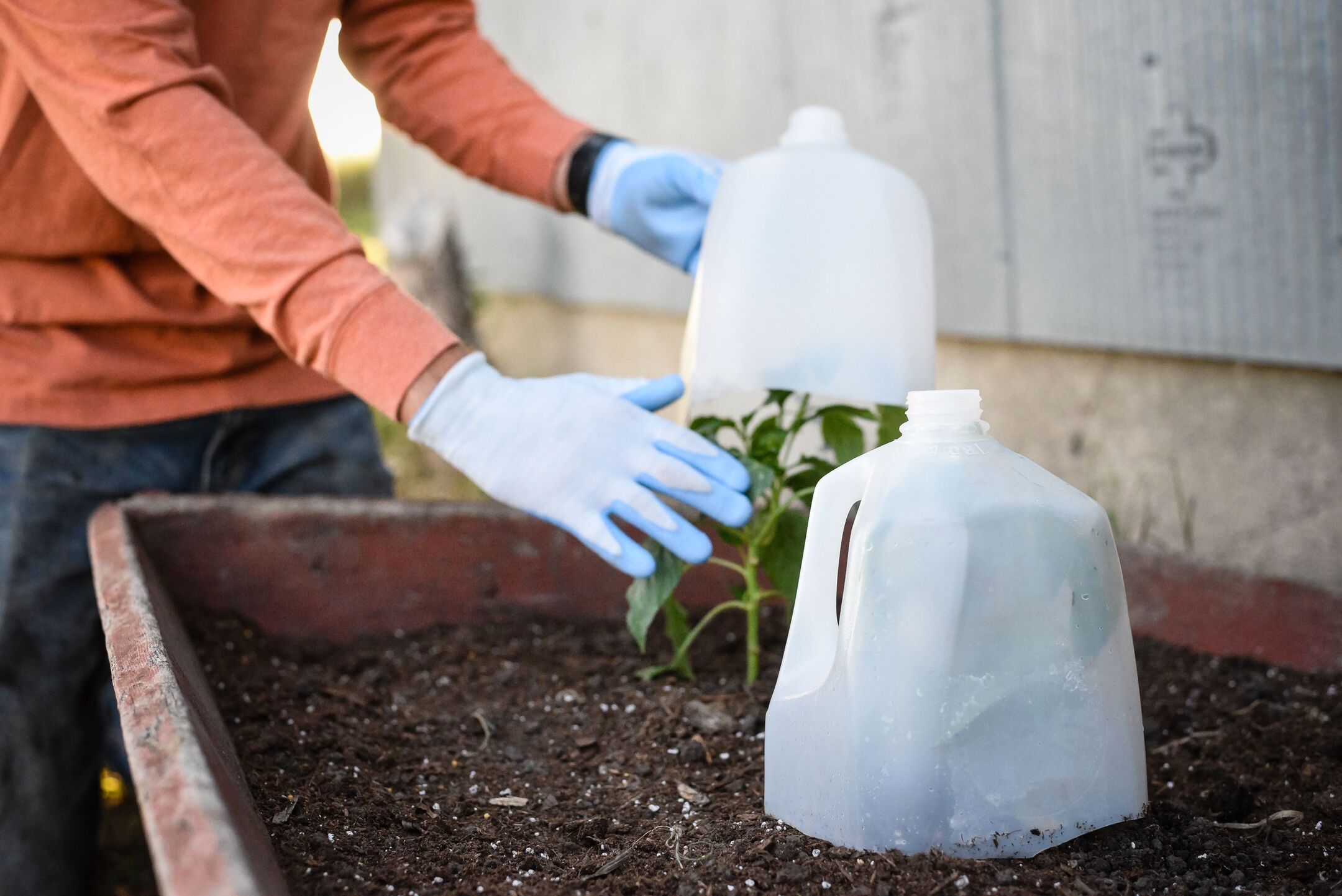
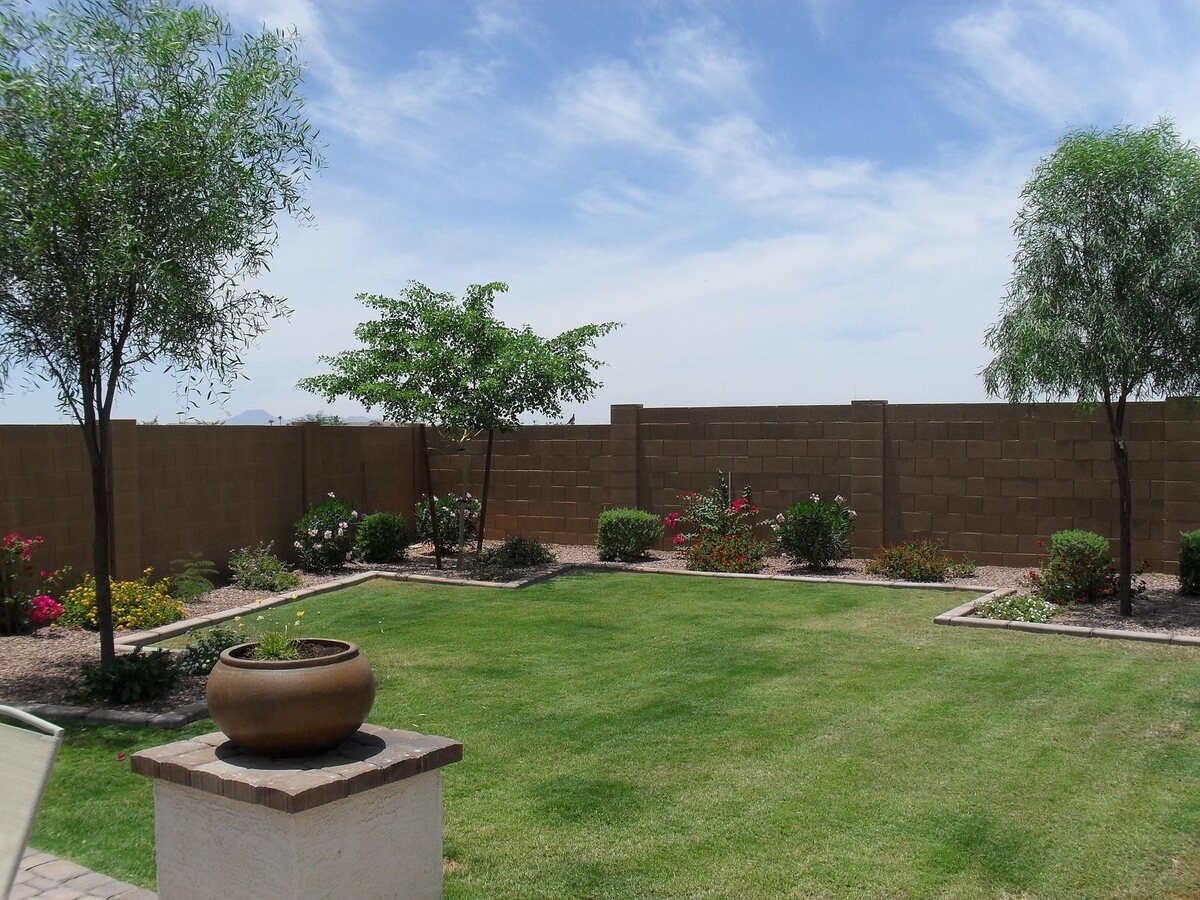

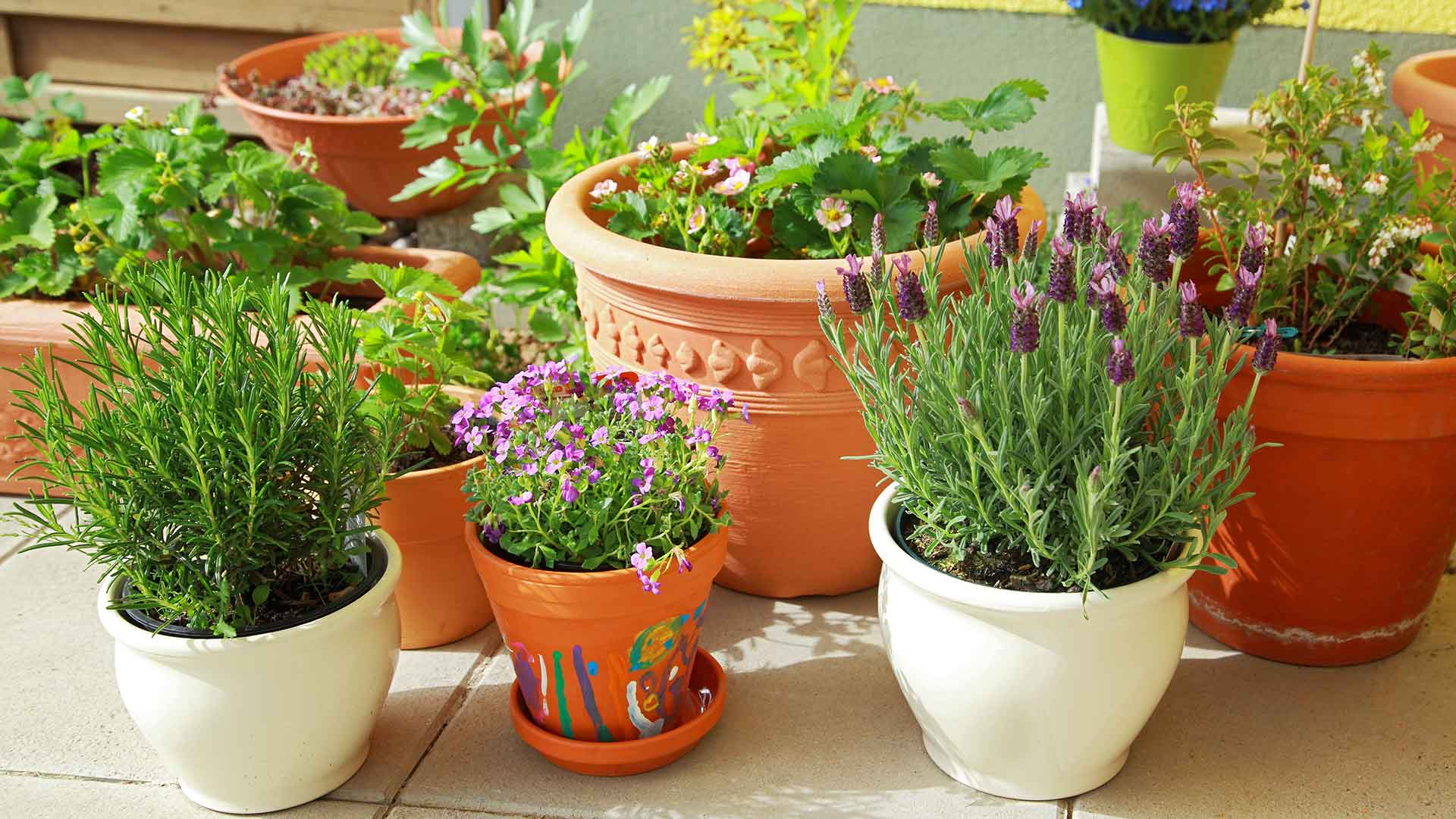



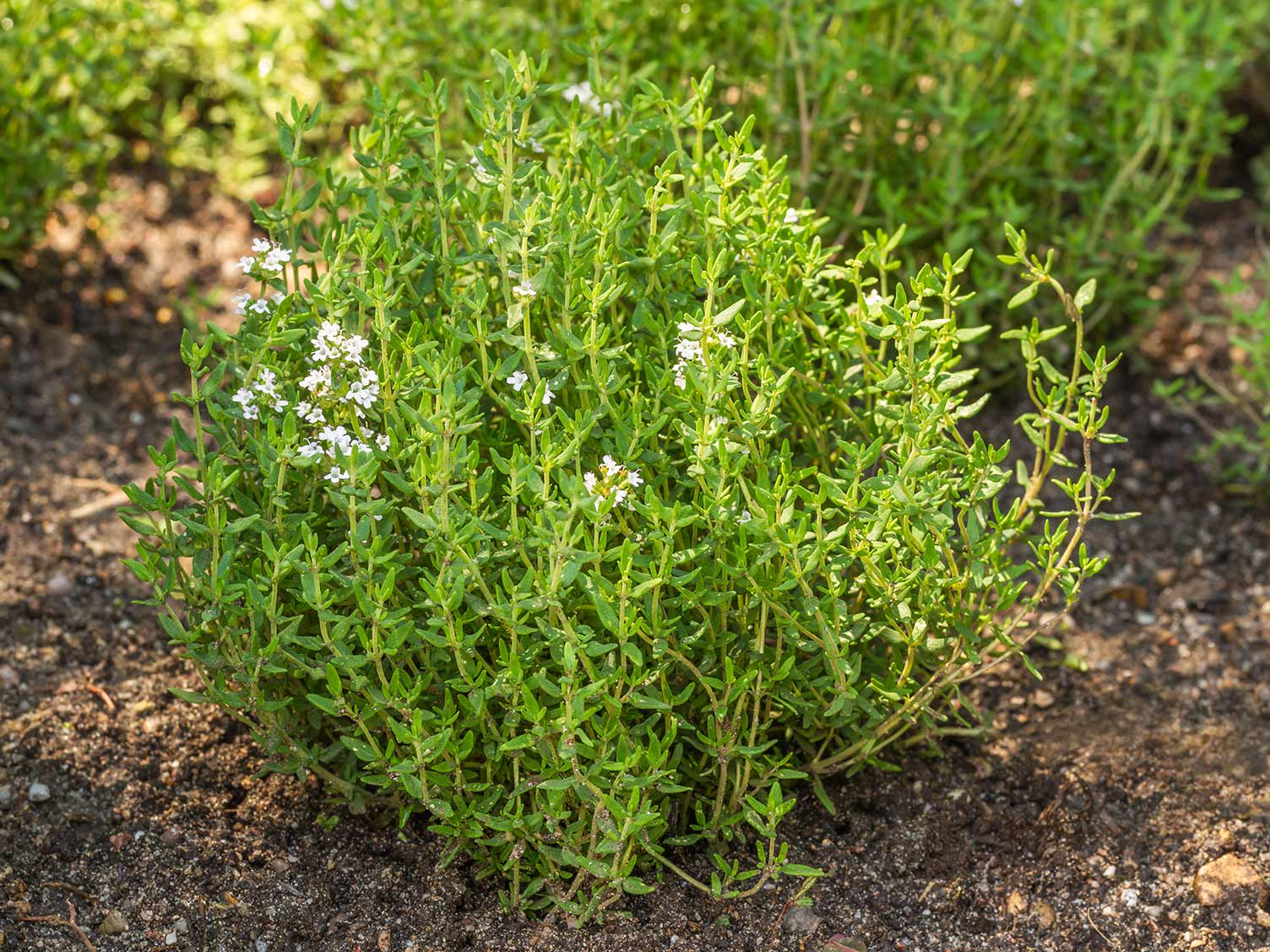
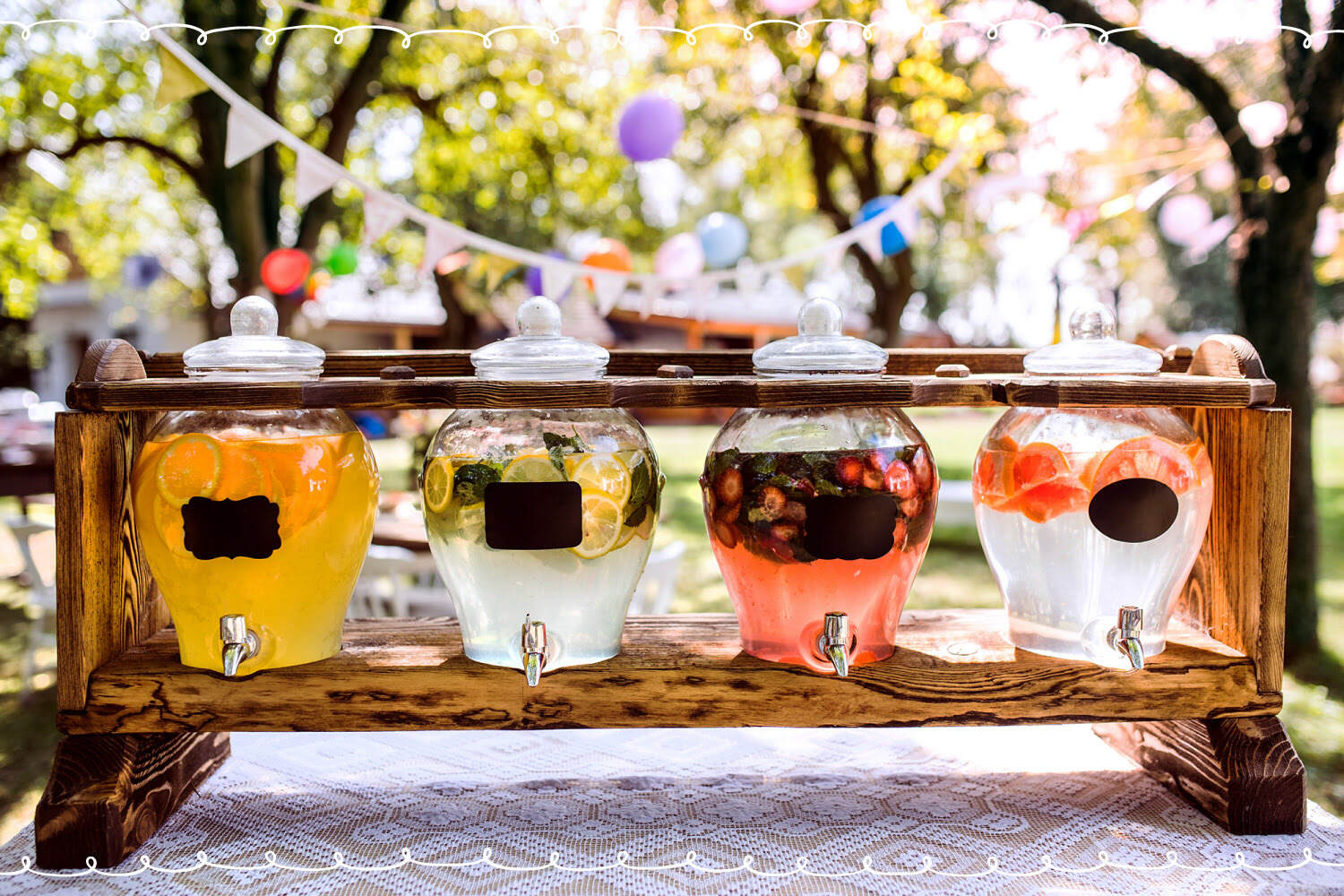
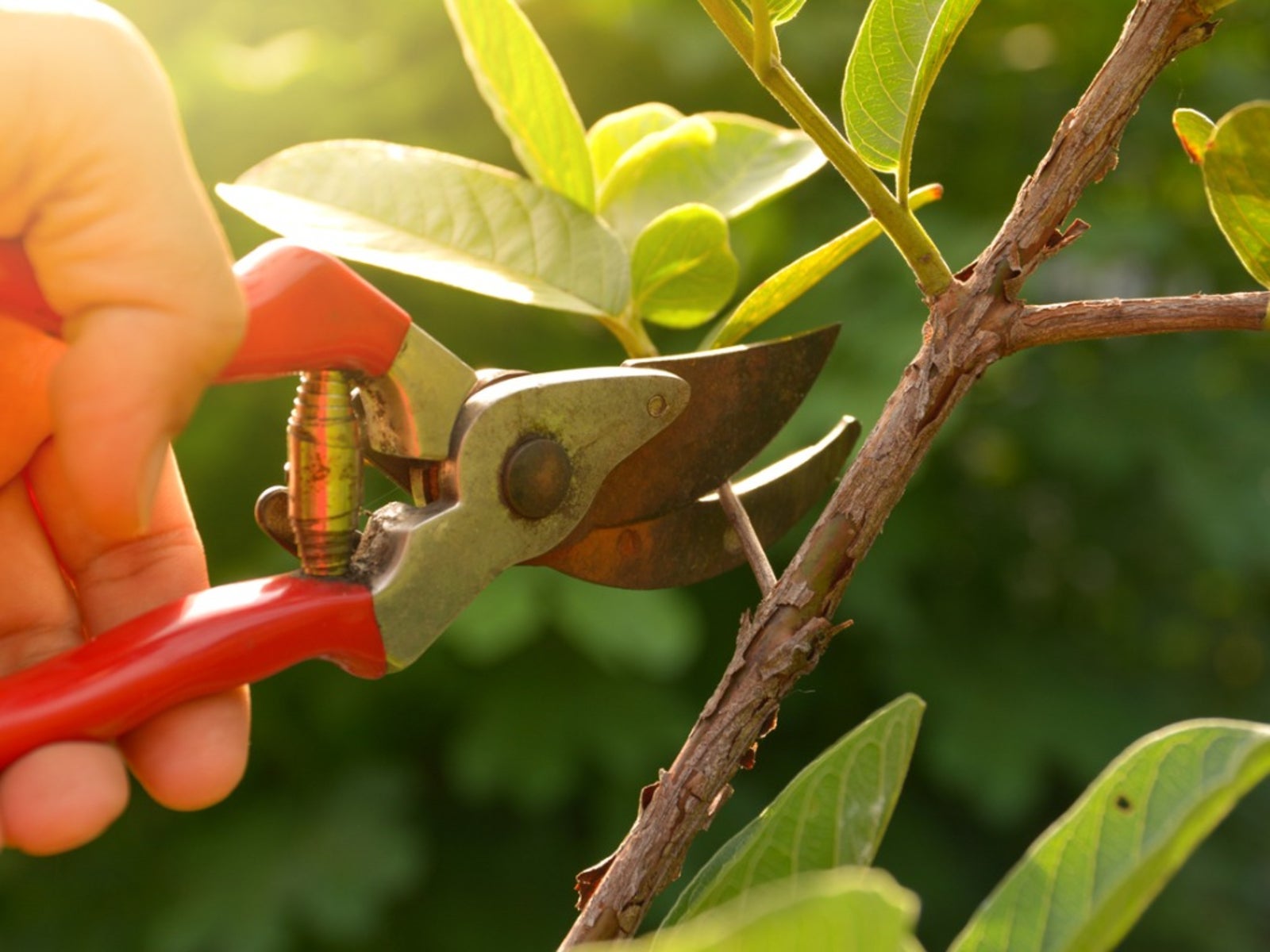
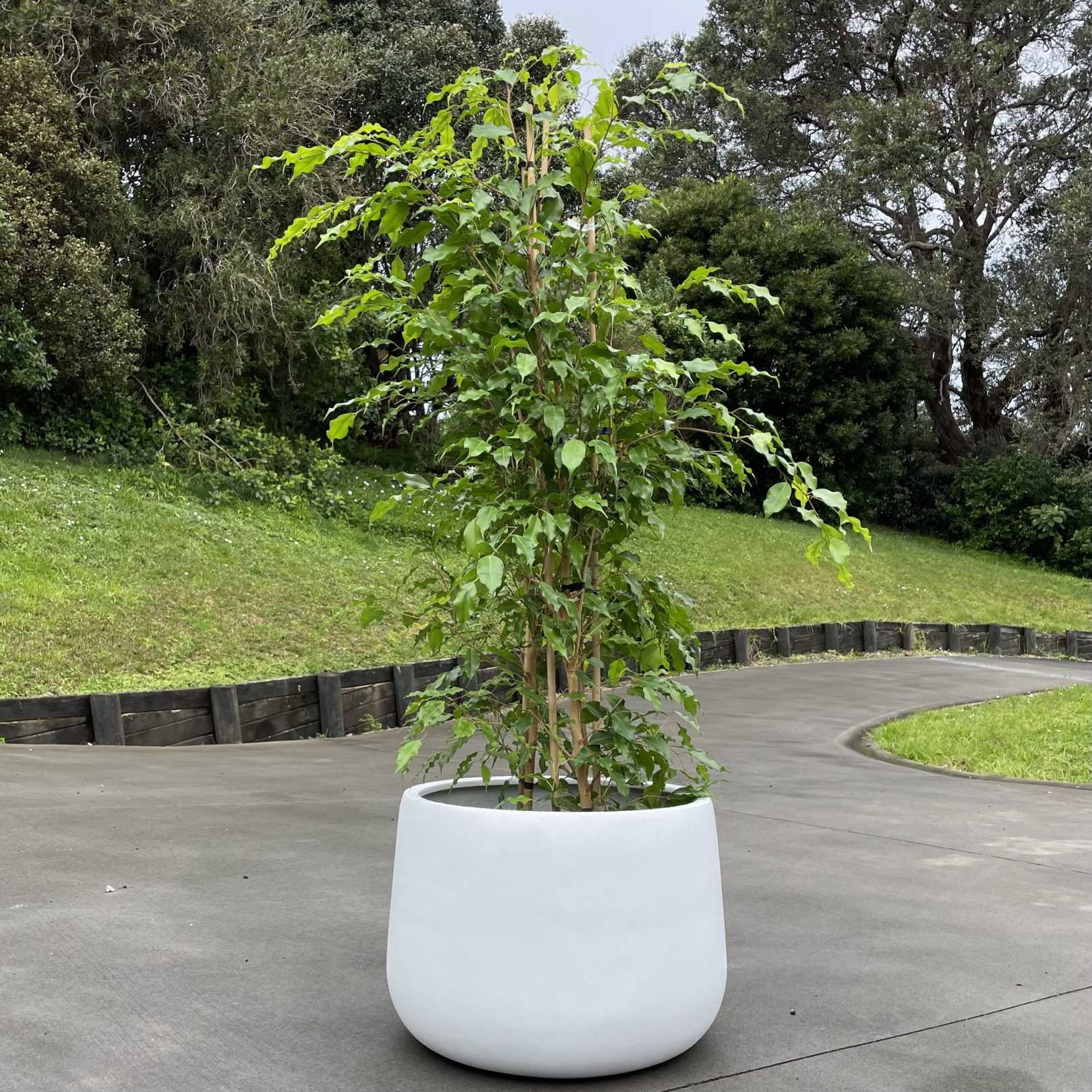
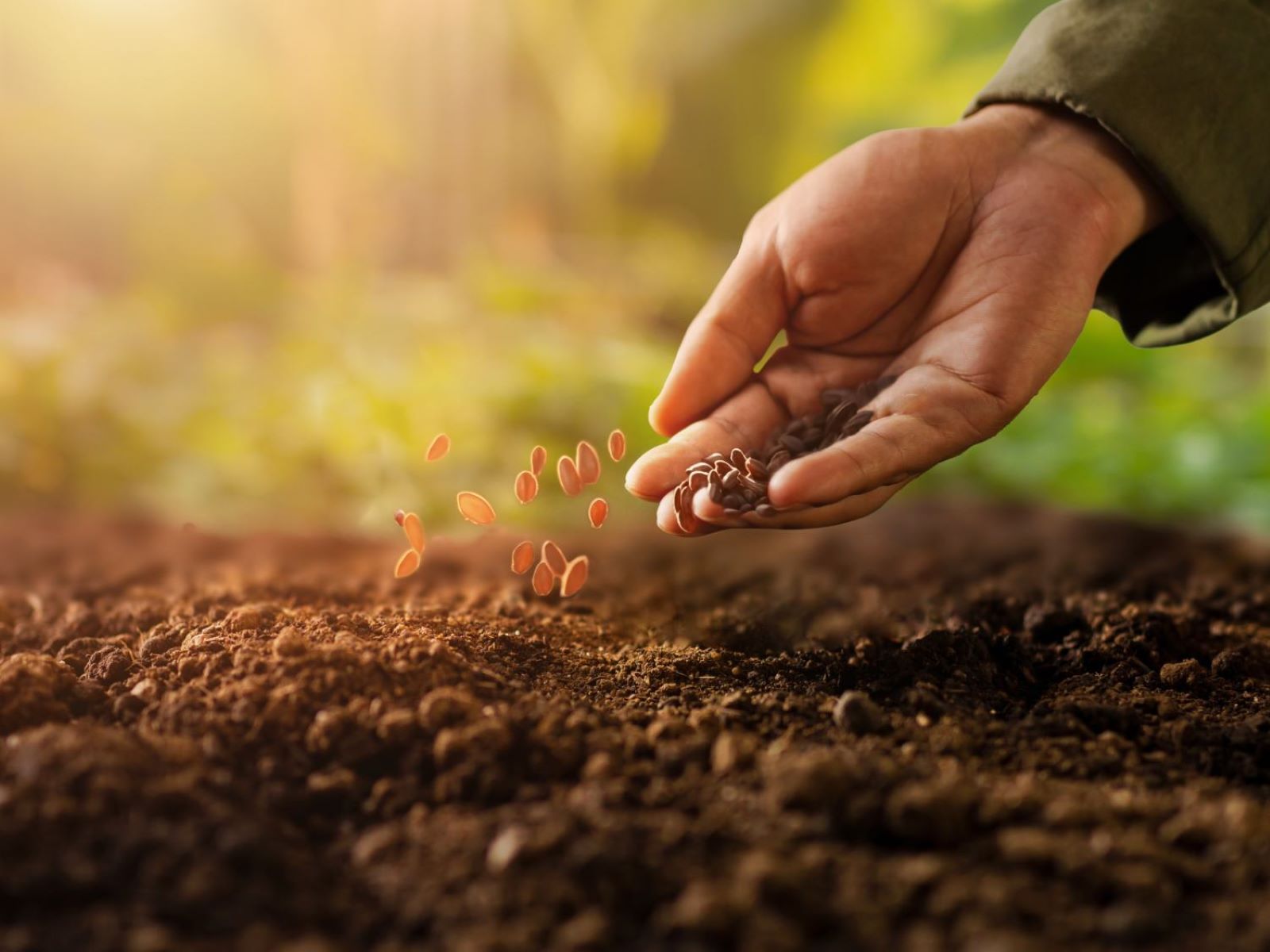
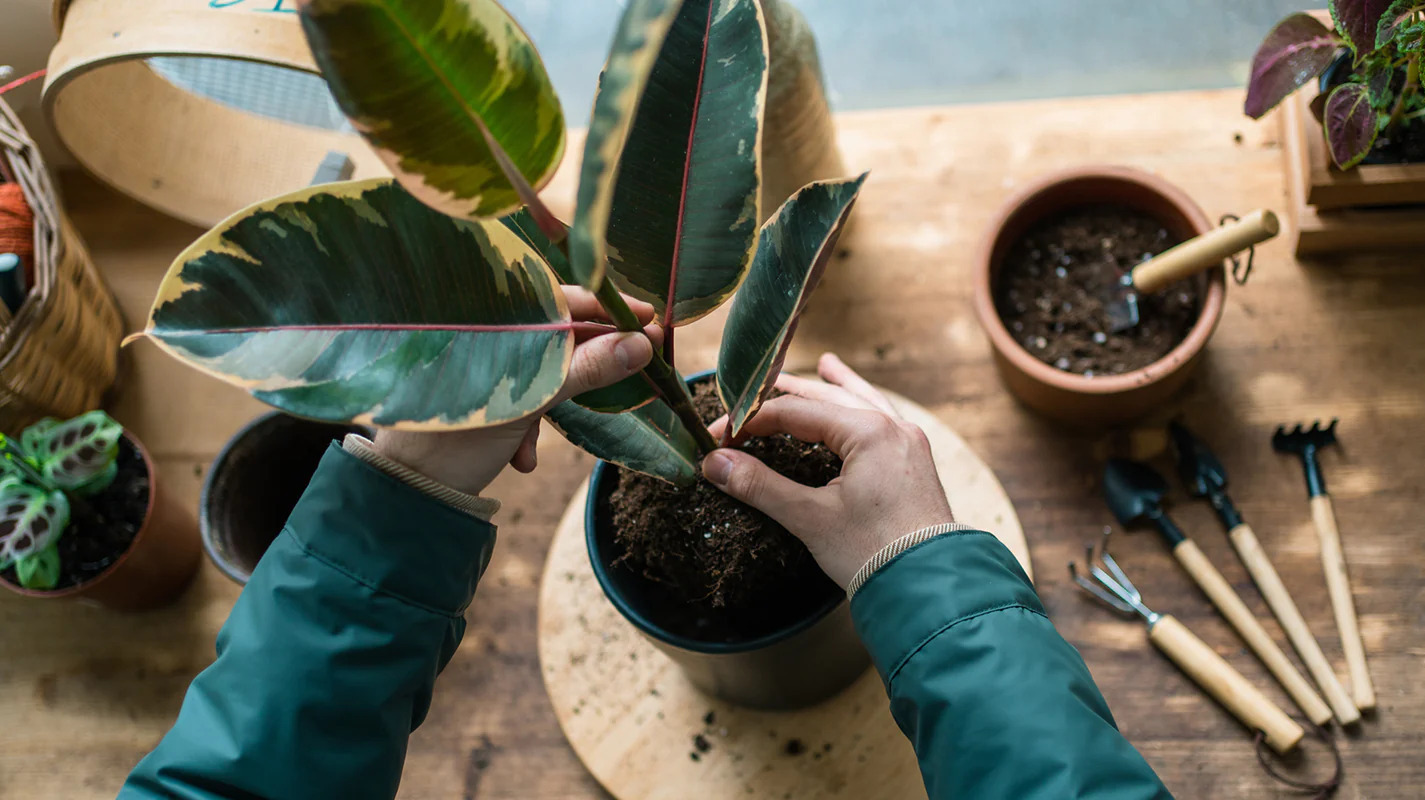
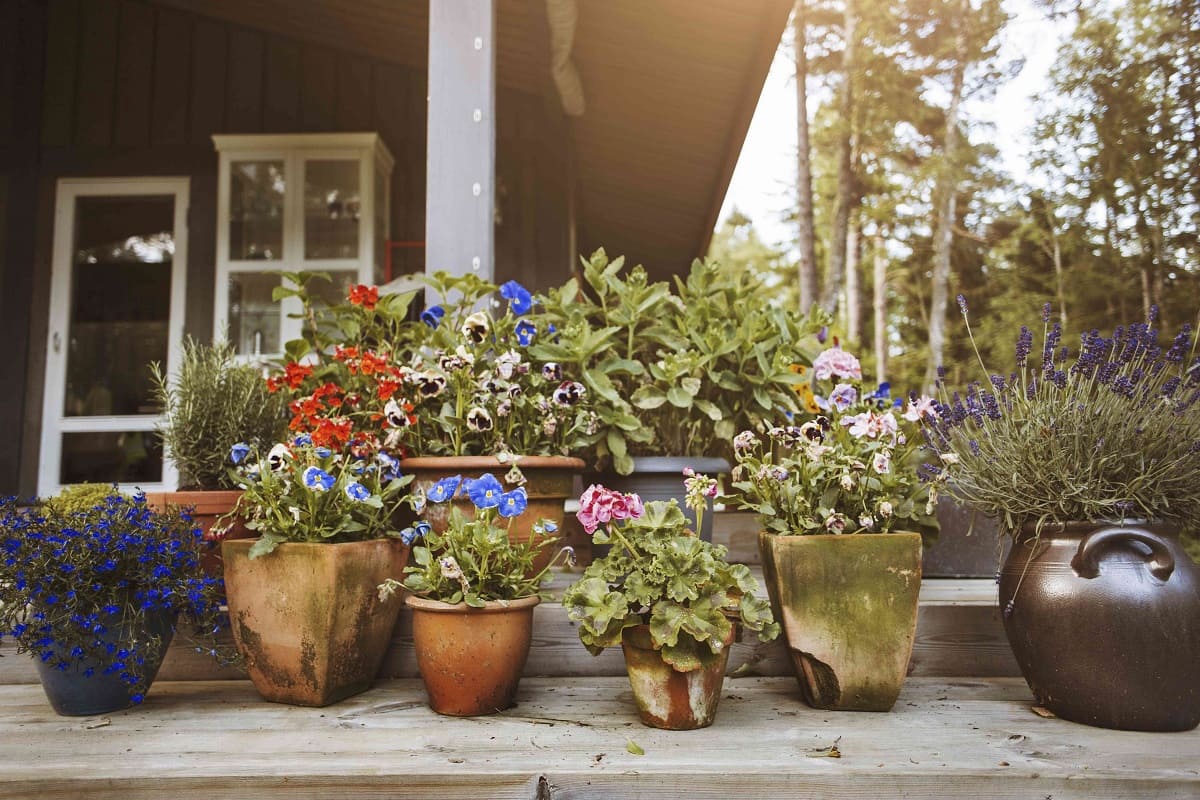

0 thoughts on “How To Take Care Of Outdoor Plants In Summer”